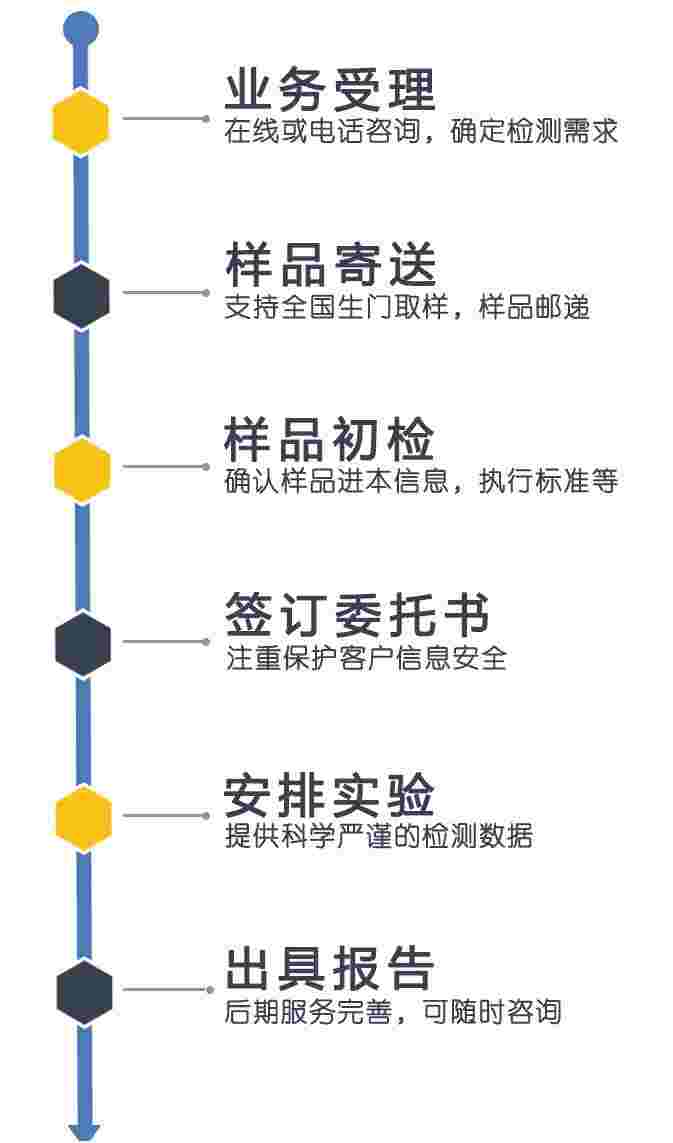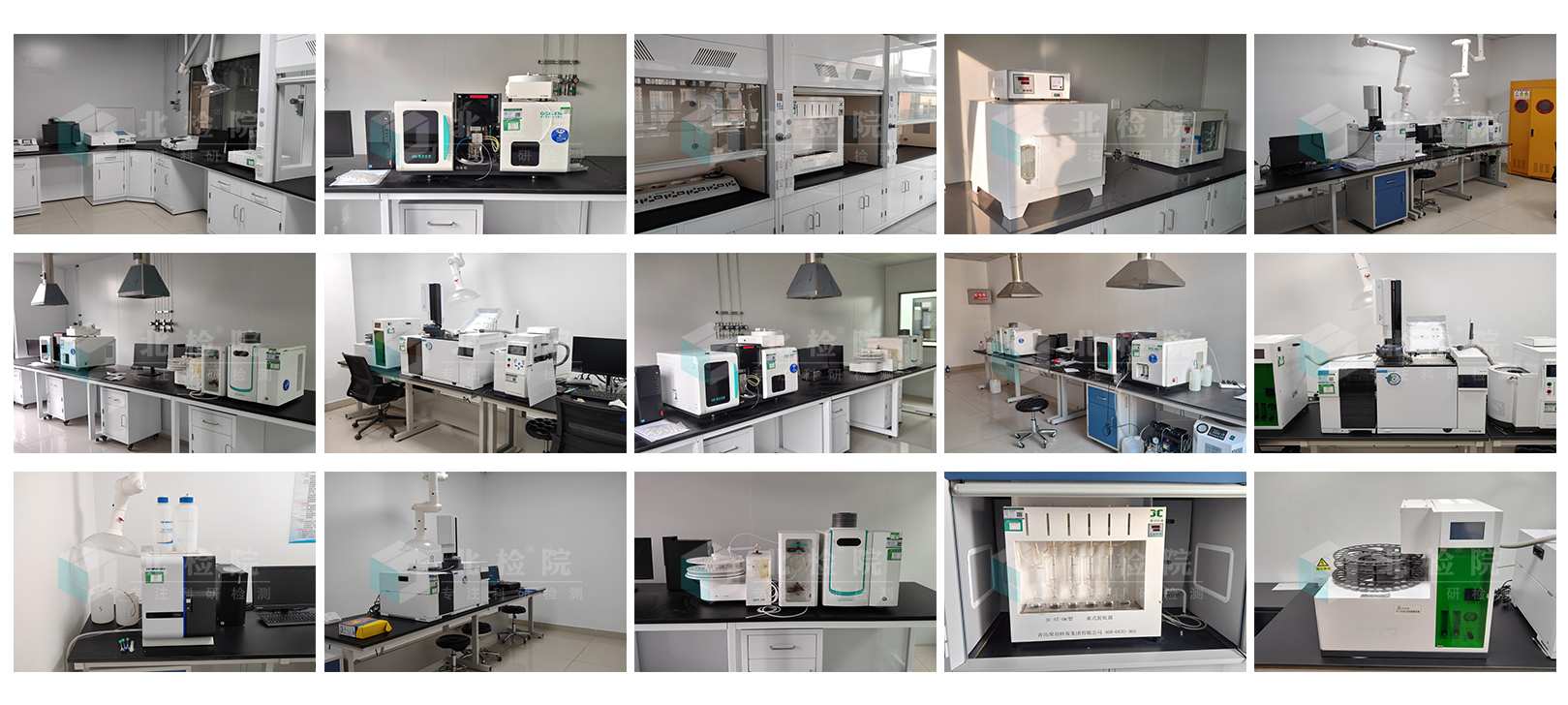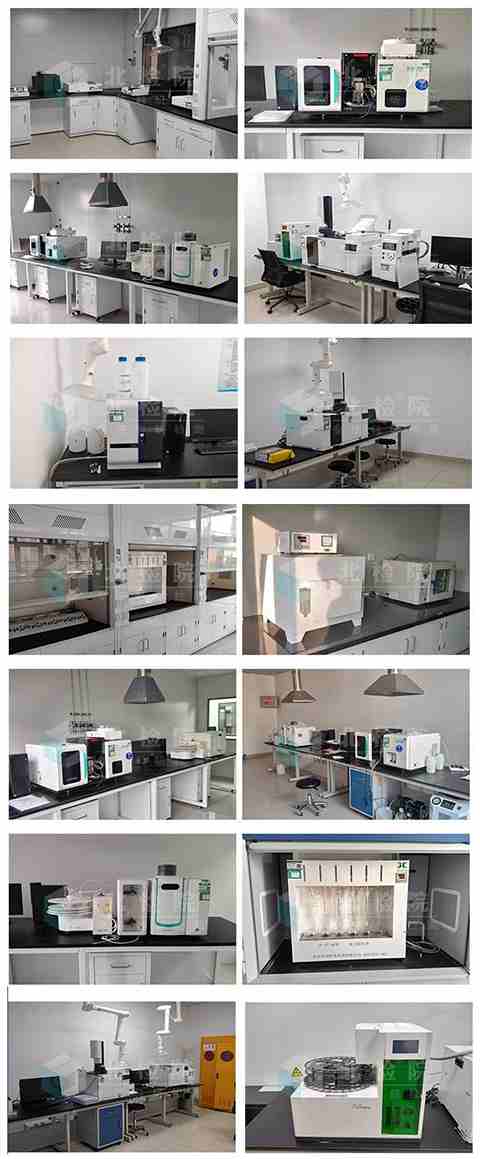
注意:因业务调整,暂不接受个人委托测试,望见谅。
检测项目(部分)
碳化硼
检测样品(部分)
碳化硼
检测标准(部分)
本标准适用于作研磨材料等用途的碳化硼磨料。
本文件适用于以粉末冶金方法生产的铝基碳化硼中子吸收材料。
1.1 These test methods cover procedures for the chemical, mass spectrometric, and spectrochemical analysis of nuclear-grade aluminum oxide and aluminum oxide-boron carbide composite pellets to determine compliance with specifications.
1.2 The analytical procedures appear in the following order:
| Sections | |
| Total Carbon by Combustion and Gravimetry | 7-17 |
| Total Boron by Titrimetry | 18-28 |
| Isotopic Composition by Mass Spectrometry | 29-38 |
| Chloride and Fluoride Separation by Pyrohydrolysis | 39-45 |
| Chloride by Constant-Current Coulometry | 46-54 |
| Fluoride by Ion-Selective Electrode | 55-63 |
| Water by Constant-Voltage Coulometry | 64-72 |
| Impurities by Spectrochemical Analysis | 73-81 |
| Soluble Boron by Titrimetry | 82-95 |
| Soluble Carbon by a Manometric Measurement | 96-105 |
| Metallic Impurities by a Direct Reader Spectrometric Method | 106-114 |
Aluminum oxide pellets are used in a reactor core as filler or spacers within fuel, burnable poison, or control rods. In order to be suitable for this purpose, the material must meet certain criteria for impurity content. These test methods are designed to show whether or not a given material meets the specifications for these items as described in Specification C 785
3.1.1 Impurity content is determined to ensure that the maximum concentration limit of certain impurity elements is not exceeded.
Aluminum oxide-boron carbide composite pellets are used in a reactor core as a component in neutron absorber rods. In order to be suitable for this purpose, the material must meet certain criteria for boron content, isotopic composition, and impurity content as described in Specification C 784
3.2.1 The material is assayed for boron to determine whether the boron content is as specified by the purchaser.
3.2.2 Determination of the isotopic content of the boron is made to establish whether the 10B concentration is in compliance with the purchaserrsquo;specifications.
3.2.3 Impurity content is determined to ensure that the maximum concentration limit of certain impurity elements is not exceeded.
1.1 These test methods cover procedures for the chemical, mass spectrometric, and spectrochemical analysis of nuclear-grade aluminum oxide and aluminum oxide-boron carbide composite pellets to determine compliance with specifications.
1.2 The analytical procedures appear in the following order:
1.3 The values stated in SI units are to be regarded as the standard.
This standard does not purport to address all of the safety concerns, if any, associated with its use. It is the responsibility of the user of this standard to establish appropriate safety and health practices and determine the applicability of regulatory limitations prior to use.
本标准适用于压水堆核电厂乏燃料湿法贮存、干法贮存和运输设备核临界控制用含硼铝基材料(简称硼铝材料,下同)和硼不锈钢等含硼金属基或含硼合金中子吸收材料的设计、生产和产品鉴定。硼的存在形式可以是碳化硼、硼铁等形式,硼元素可为天然硼或富集硼。
常见问题
北检院检测周期一般为7-15工作日,具体周期需要根据样品情况来定。请您在咨询时尽可能的描述样品的情况以及样品状态,由此可制定更好的检测周期和检测方案。
为了防止在制样时对样品产生部分变化,导致检测数据有偏差,检测样品一般为客户提供,如果客户实在无法制作检测样品,则由北检院进行样品的制作。
检测方案可以根据客户检测需求来制定,如果客户要求相应的检测方案则按照客户提供的检测方案进行检测,如客户没有检测方案,则工程师通过检测标准进行制定,如果是非标试验,则由工程师根据样品信息对方案进行制定。
检测流程


检测优势
1、单位面向科研院所、学校和社会企业及科研单位,面向社会公共服务。
2、实验管理中心下设检测分析中心、科研测试中心、X射线应用中心。
3、面向物理、化学化工、材料、纳米、环境、电子、能源等众多学科。
4、拥有多台精密检测仪器设备。
5、能够从事材料微观结构分析、定性和定量分析、材料性能测定、材料质量综合评定等工作。
6、提供24小时开放服务、网络化的管理。
7、具备向校内外科学研究和品质鉴定提供公正、科研测试数据能力的重要机构。
检测实验室






















